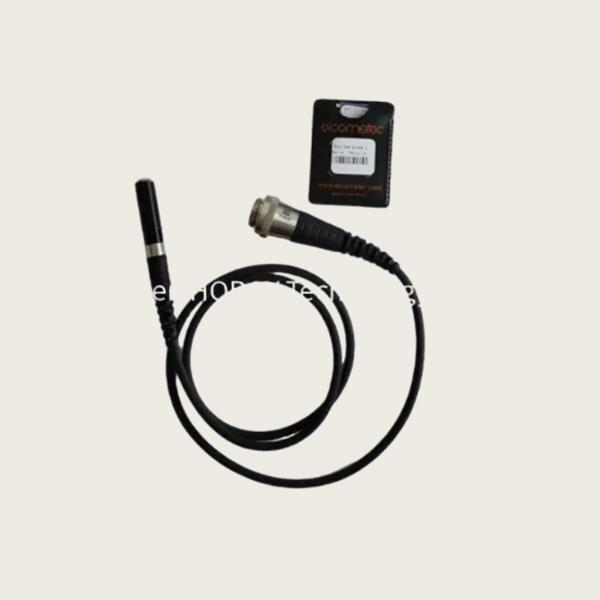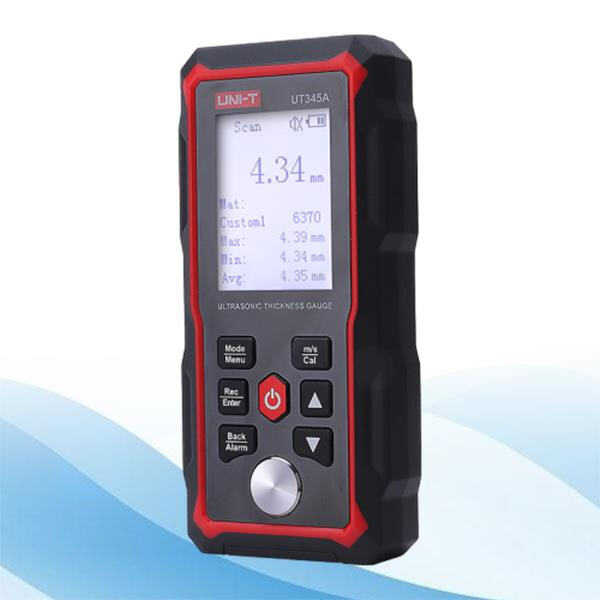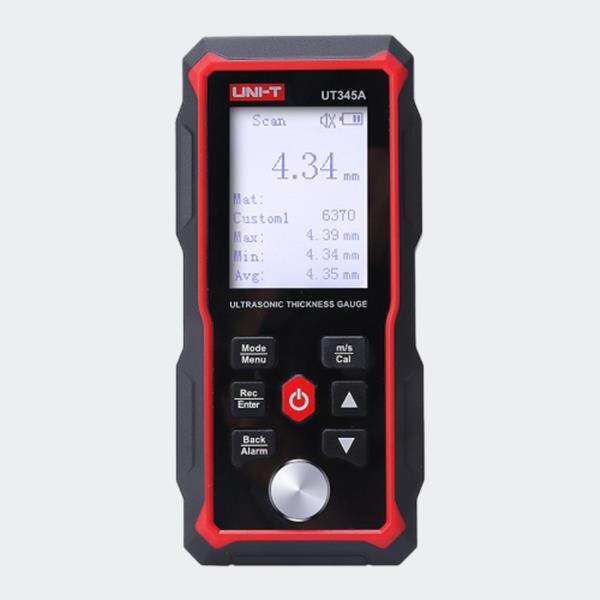The dry film thickness gauge is a device used to measure the thickness of a layer of paint or coating. This will prevent the coating from being applied too thickly or too thinly, and which could ultimately affect the protection that it offers.
It’s important to utilize the coating thickness tester to make sure the wear is applied at the proper thickness. If the layer is too thin, it will not be as protective; if it is too thick, it may not dry or could crack and flake. You can make sure the coating is applied just right by using a dry film thickness gauge.
Calibrate the coating thickness meter as per the manufacturer's instructions before operating it. Next, press the gauge perpendicular to the surface applied against the coating. If possible, take several readings in different parts of the room to ensure accuracy. Be certain to clean the gauge after readings to keep any buildup from affecting subsequent readings.

There are many advantages when you use a Comprehensive test instruments is to ensure that the coating offers optimal protection, a maximized lifespan of the surface, and a perfect look of the finish. You will also help save time and money by avoiding rework or premature coating failure with a gauge.

There are some general errors to avoid with a dry film thickness gauge. One common error is failure to correctly calibrate the RD Radio Detection causing readings to be off. Another error is not taking enough readings or taking readings only in one location that may not give a full picture of coating thickness. The gauge should also be cleaned periodically to ensure accuracy.

Choose a dry film thickness with with considerations towards the type of coating, the substrate material and desired level of accuracy. Ensure you choose a Elcometer that is effective for your intended application and complies with any industry standards or regulations. Size and portability of the gauge is also something to consider, as well as any extra features that may be useful for your project.

